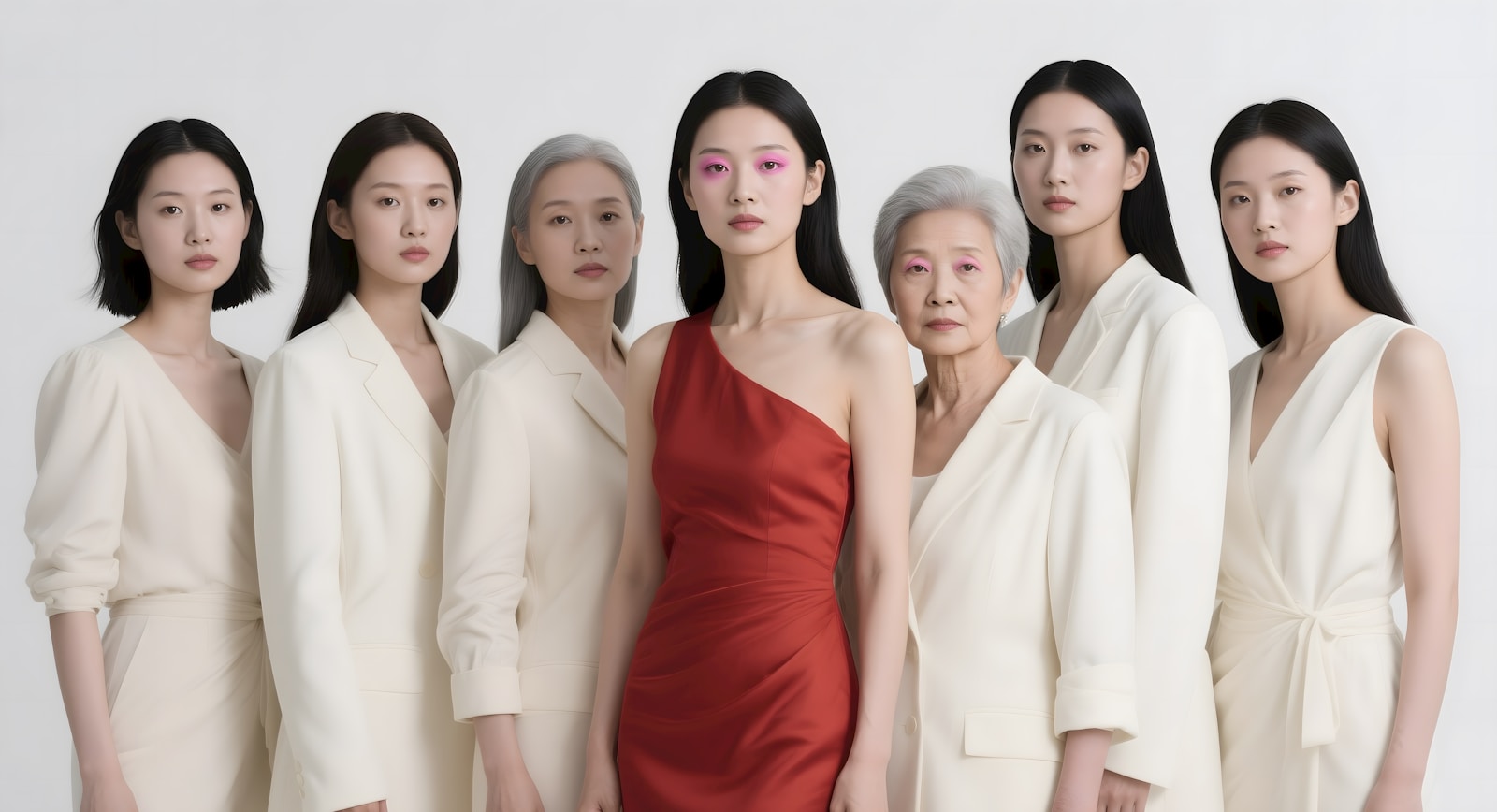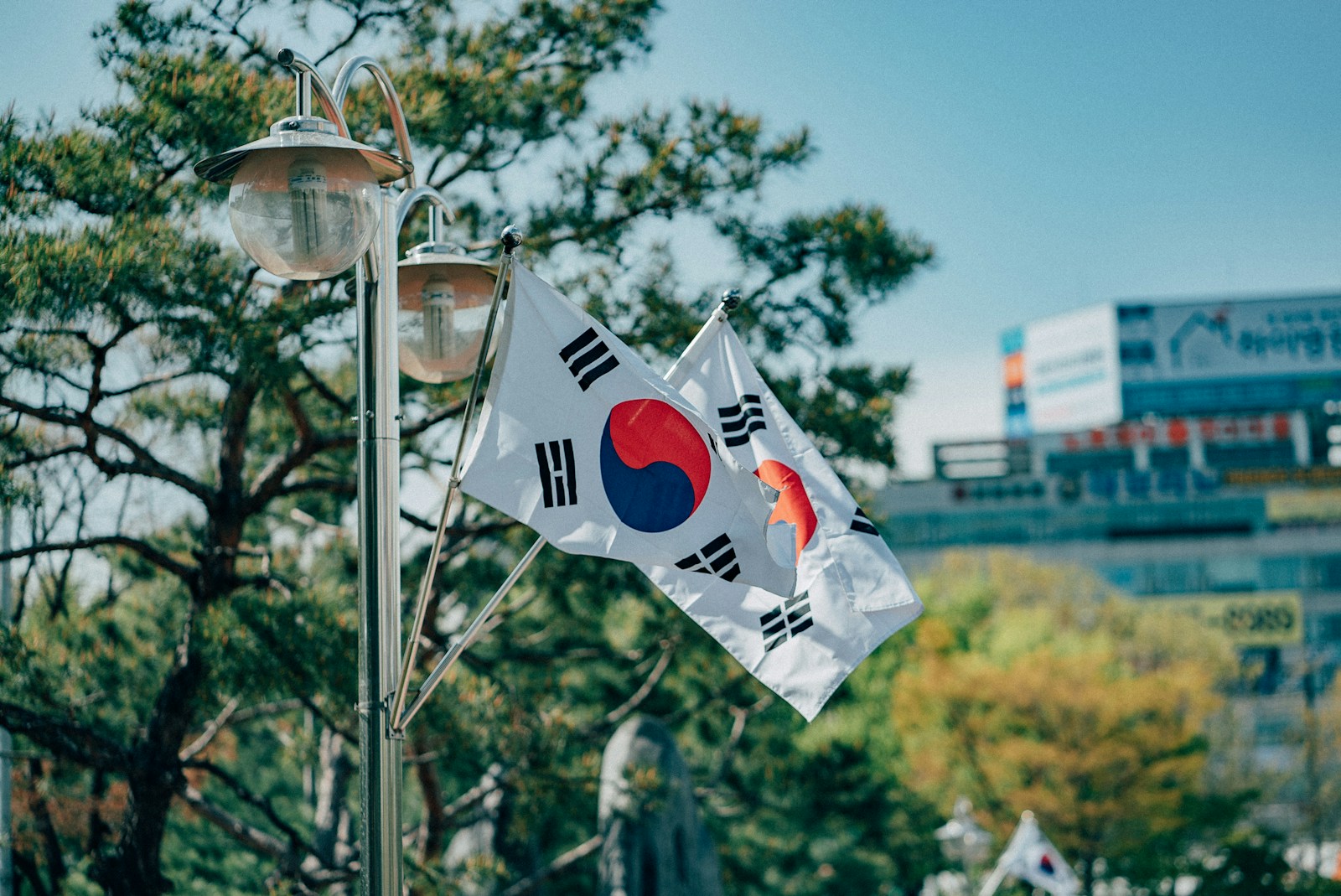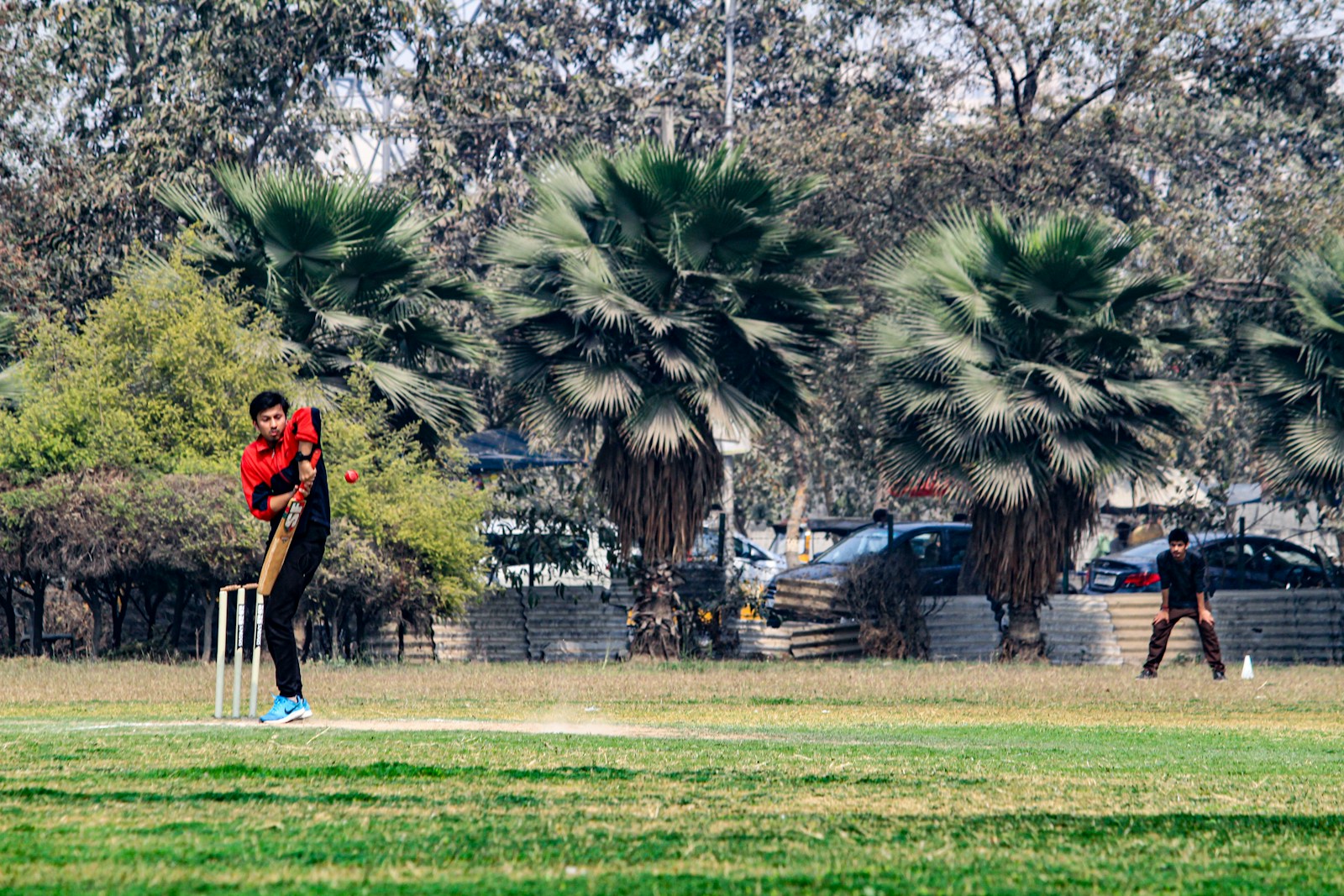The Price of Perfection: A Cultural and Psychological Look at South Korea's Beauty Industry

By Saerom Kim and Hannah Ryu
To the outside world, the South Korean beauty industry is a marvel of innovation and a global cultural force. K-Beauty, with its multi-step skincare routines, its playful packaging, and its promise of "glass skin," has become a dominant trend, shaping the cosmetic industry from Seoul to New York. The industry is a source of national pride, a powerful economic engine, and a key pillar of the Hallyu wave. But for those living within its sphere of influence, this obsession with beauty has a much darker side. Behind the glossy exports is a society grappling with some of the world's most rigid and unforgiving beauty standards, creating a landscape of intense psychological pressure, particularly for young people.
From a cultural perspective, as Saerom has written, these standards are deeply rooted and socially enforced. The ideal of a small face, pale skin, large eyes with double eyelids, and a slim figure is not just a preference; it is a perceived prerequisite for success in life. Good looks are often seen as a sign of self-discipline and are colloquially referred to as a form of "spec" (specification), just like a degree from a top university or a high score on an English proficiency test. This belief is reflected in the common practice of including a headshot on a job resume, and the immense popularity of plastic surgery, which is often seen not as a vanity, but as a pragmatic investment in one's future. The cultural pressure is ubiquitous, reinforced by K-Pop idols, actors, and relentless advertising, creating a feedback loop where the standards become ever more specific and harder to achieve.
This intense cultural environment has profound psychological consequences, as Hannah's work explores. When a society places such a high premium on a narrow, uniform standard of beauty, it fosters a climate of constant comparison and anxiety. This is a perfect recipe for what psychologists call social comparison theory, where individuals determine their own social and personal worth based on how they stack up against others. In the age of social media, this comparison is no longer limited to one's immediate peers but extends to a curated, filtered, and often surgically-enhanced world of influencers and celebrities, leading to a perpetual feeling of inadequacy.
This can result in high rates of body dissatisfaction and a rise in Body Dysmorphic Disorder (BDD), a mental health condition where a person obsesses over perceived flaws in their appearance. The pressure to conform is a powerful driver of conformity bias, where individuals are more likely to adopt the beliefs and behaviors of a group to fit in. When that behavior is the pursuit of a specific physical ideal through extreme dieting, extensive cosmetic procedures, or expensive skincare, it can take a significant toll on both one's finances and one's mental health.
The K-Beauty phenomenon is a story of dualities. It is a brilliant example of South Korea's economic dynamism and cultural creativity. Its products have brought joy and a sense of self-care to millions around the world. But we cannot ignore the social and psychological cost it exacts at home. The price of perfection is a heavy one, paid for by the young people who are judged against an impossible ideal. A healthier path forward requires a cultural conversation that begins to decouple self-worth from appearance and broadens the definition of beauty to celebrate the diversity and individuality that truly makes our culture so vibrant.



